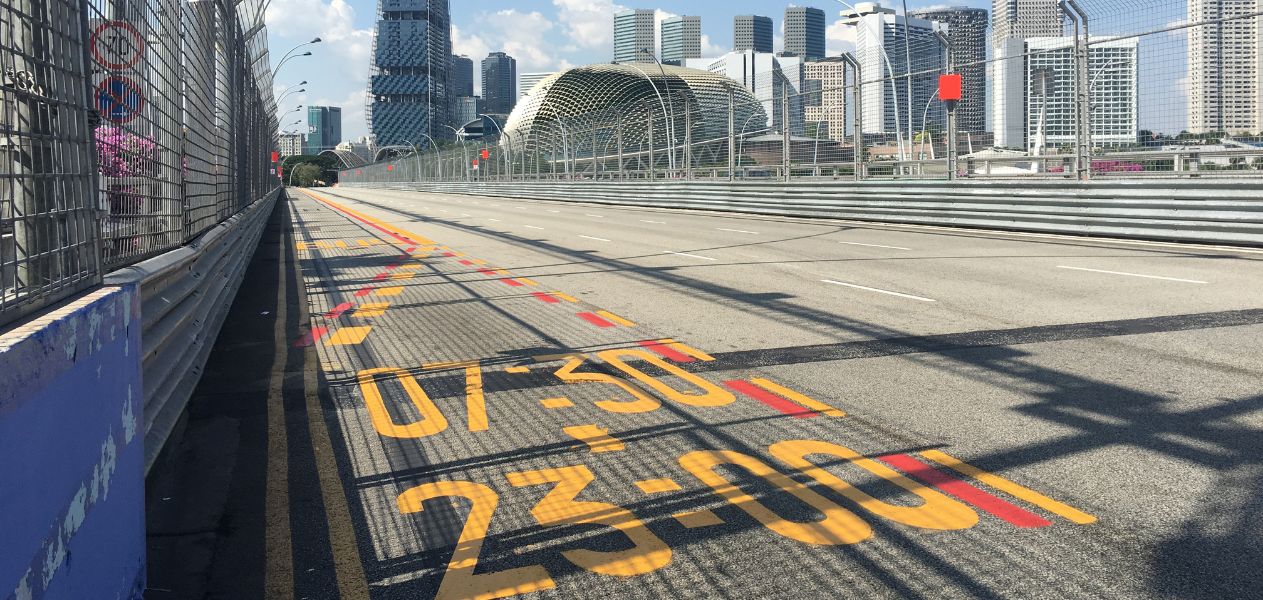Understanding the 2023 FIA rule tweaks
Following a Technical Advisory Committee meeting, the Fédération Internationale de l’Automobile (FIA) has announced various tweaks and changes to the regulations starting with the 2023 F1 season in order to tackle the issue of porpoising.
Aside from a technical directive for the 2022 Belgian Grand Prix, all other changes will be made from the 2023 season onwards. Four changes have been made to address the bouncing issue, subject to the World MotorSport Council’s approval.
Let’s take a look at what these changes are and how they might affect the teams going forward.
Raising the floor edges by 25mm
The floor edges will be raised by 25mm, effectively making it more difficult for teams to seal the venturi tunnels’ rearward section against the air pressure. Currently, teams can increase the underbody downforce in this manner, but there is a risk of stalling the airflow and having to deal with the porpoising motion, which has severely affected a lot of teams in the current season.
While the FIA hasn’t mentioned yet whether the 25mm rise will apply to the floor edge at the back or on the full length of the floor, the important thing is that the floor will be regulated. Prime example of this is what Mercedes have been facing in this season with the porpoising issue. Ever since the German team raised their car a bit higher with less seal work at the floor foot, they have generated more downforce from the underfloor and have somewhat managed to control the porpoising issue.
Raising the diffuser throat
The section of the underfloor tunnel which is most constricted is known as the ‘throat’, and this section creates a difference in the pressure which then accelerates the airflow helping increase downforce in return. This throat, though, is located right at the back of the tunnels’ length, under the driver’s sitting area; while the air speed increases in the last few millimetres of the gap between the throat and the ground, at a certain point the gap can become extremely small, stopping the air flow. To avoid this, the diffuser throat will be raised, making the entire underside of the car more tolerant to changes in dynamic ride height.
Lateral floor deflection tests
Limiting how much the floor of the cars can laterally flex will help reduce the chances of using outer edges of the floor to seal off the underbody. Whether this would help improve performances or cause more issues with regards to understanding aerodynamic data, though, is yet to be seen.
Introducing more accurate sensor to quantify the aerodynamic oscillation
From the 2022 Belgian Grand Prix, the FIA has already announced that the vertical accelerations of the cars will be measured by sensors which had been previously installed to record accident impacts. While for the remainder of the 2022 season these sensors will provide a dual function role, from the 2023 season there will be specific sensors which will be installed to read and record the vertical bouncing forces more closely and accurately.


